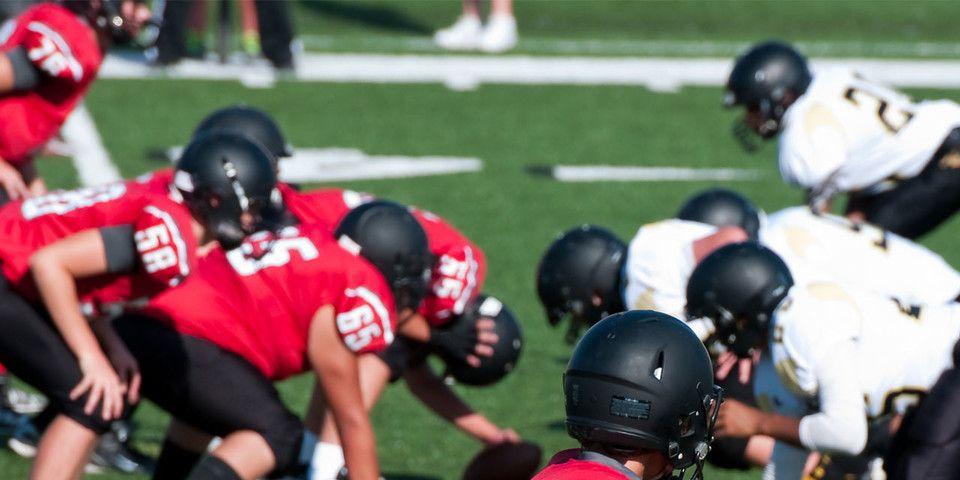With winter around the corner, we’re all wondering what the season will bring to us in terms of weather. One thing is for certain, we can usually count on snow! Winter weather carries with it its own set of risks to well-being. Injuries from shoveling snow, slips on ice, and cold seem to be par for the course. With some preparation, however, you can avoid injuries and understand where to turn should an accident or injury take place. Rothman Orthopaedic Institute is part of the community and understands how living with winter weather can take a toll on us physically. We are prepared to help guide you through treatment options if you suffer an injury during the winter months.
What are the Four Most Common Injuries from Shoveling Snow?
According to the American Journal of Emergency Medicine, snow shoveling can cause acute musculoskeletal exertion injuries including some very painful conditions. Here is a list of four common musculoskeletal injuries:
-
Back injury
-
Shoulder pain from shoveling snow
-
Pulled or strained muscles
-
Injuries caused by falling
In 2015 a study found the following: an average of 11,500 people are treated in emergency departments across the United States for such injuries as heart attacks, broken bones, and other conditions related to injuries from shoveling snow. These snow shoveling injuries statistics indicate just how important preparation is and show how vital getting proper treatment is, should you be among the many who are injured each winter.
Tips for Avoiding Snow Shoveling Injury
Prevention is always preferred when it comes to winter weather risks. By using the following tips you can avoid or lessen injury.
-
Warm up prior to shoveling.
-
Lift with your legs, not your back.
-
Make sure your knees are bending and straightening to lift the shovel instead of leaning forward and straightening with your back.
-
Push the snow. It is better for your back to push the snow rather than lifting it.
-
Pace yourself, and take frequent breaks.
-
Gently stretch your back, arms, and legs before returning to work.
How to Treat Snow Shoveling Injury
Despite your best prevention efforts, a snow-related injury can still occur. What happens next? What symptoms should you be looking for?
Symptoms of Injuries from Shoveling Snow:
-
Pain in the affected area (back, shoulders, arms, etc)
-
Swelling
-
Stiffness or decrease in range of motion
-
Decreased mobility
If you experience any of the above, you may have sustained injuries from shoveling snow. Your healthcare provider is the best person to advise you on how to treat your injury based on your specific diagnosis and needs. It is best to seek medical care rather than risk further pain or injury by waiting it out.
Snow Shoveling Injury Recovery
Rothman Orthopaedic Institute offers help in the form of an orthopaedic team that is well-versed in treating individuals with impairments related to winter injuries. At Rothman Orthopaedic Institute, you’ll find a compassionate, professional staff that is prepared to get you back in action by treating your specific condition.
You’ll be asked to describe your injury and provide the team with your medical history. This will give them the opportunity to tailor a treatment plan based on your specific needs. During your visit, you will also be given a thorough physical examination and, if needed, diagnostic and imaging testing. Your Rothman Orthopaedic Institute provider will help you decide on the best options for your care. With a great team on your side, winter weather is a little less intimidating.
Contact Rothman Orthopaedic Institute
When it comes to your health, Rothman Orthopaedic Institute is ready to offer you the best options. For more information, please visit us here or contact us at 1-800-321-9999.
Related Specialties
Related Services
Related Programs
-

Injury Prevention Program
The Injury Prevention Program at the Rothman Orthopaedic Institute is dedicated to the prevention of injuries from athletic participation, particularly youth sports.Read More





